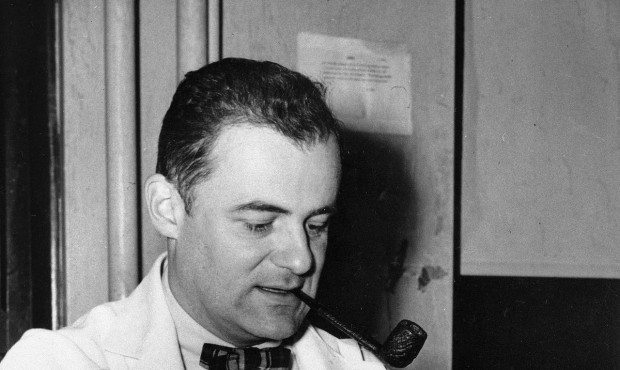Is North Korea serious about its race to space?
Apr 12, 2012, 7:37 AM
Associated Press
SEOUL, South Korea (AP) – According to North Korea’s official version of things, commemorated on postage stamps and re-enacted in mass performances, the country’s first venture into space was 14 years ago, when the “Bright Shining Star 1” satellite roared into orbit and began broadcasting marching music praising Kim Il Sung.
Bright Shining Star 2, also rigged to sing the praises of the nation’s founder, followed in 2009, North Korea says. Now, Bright Shining Star 3 is on the launchpad, ready for a two-year mission that officials say will gather weather data, predict crop yields _ and once again broadcast music praising Kim. A five-day launch window began Thursday.
The only glitch: So far, North Korea’s bright stars have been invisible to foreign eyes. Its claims of success don’t hold much water.
“It’s very safe to say that the 1998 and 2009 events did not result in a satellite,” says Jonathan McDowell of the Harvard-Smithsonian Center for Astrophysics. “U.S. tracking would have easily seen it if it stayed in orbit for a few hours or more. Russia would also have tracked the satellite and it is likely but not certain that amateurs would have picked it up.”
The launches are a propaganda tool for North Korea, generally staged to mark national milestones. This time, it’s the 100th anniversary of Kim’s birthday, which falls on Sunday, and the elevation of his grandson, Kim Jong Un, to power after the death of his son, Kim Jong Il, in December.
Because the launches also provide data for the development of intercontinental ballistic missiles, the upcoming one has been condemned by the United States and its allies. Doubts have been raised over whether the satellite is even intended to work or is merely a cover story for a missile test.
Several experts say that although they believe North Korea is interested in getting a satellite into orbit at some point, it doesn’t appear to have the know-how yet.
“I have doubts about whether North Korea is seriously planning a satellite launch this time at all,” says Kong Chang-duk, a professor at Chosun University in Seoul who has participated in South Korea’s rocket development. “If they are, it would be very primitive. But I question whether they have the control technology.”
If the launch goes ahead, it will not take long to find that out.
The U.S. Space Surveillance Network tracks objects as small as 2 inches (5 centimeters) in diameter in low orbit and about 1 yard (1 meter) at higher orbits. Using that and other data to create a longer-term picture of what’s out there, the U.S. Joint Space Operations Center currently monitors about 22,000 man-made objects, including satellites and debris.
Within a few hours to a day after liftoff, the U.S. Strategic Command will likely release orbital data that would enable amateurs to spot the satellite and make estimates of its orbit. Even without the data, they would be able to guess the orbit from the launch information North Korea has released.
North Korea has issued warnings to airlines about where the lower rocket stages are expected to fall, and the exact location of the launch pad is known _ anyone can take its coordinates off Google Earth.
If you know the launch time down to a few minutes, and where the satellite was at one particular time, Newton’s laws of gravity and Kepler’s laws of orbital motion point to where the satellite will be. If it’s out there, amateurs should be able to spot Bright Shining Star 3 within a week.
North Korea doesn’t have international tracking infrastructure, so it likely wouldn’t know what its satellite is doing most of the time.
It is believed to have receiving stations, but they would only get signals when the satellite passes over the country, which would be for a few minutes every day, said Brian Weeden, a former U.S. Air Force Space Command officer and a technical adviser to the Secure World Foundation, a think tank on space policy.
Though many countries with satellites in similar orbits use tracking services in Norway and Sweden, North Korea has not requested such help, officials at those facilities said.
___
Associated Press writer Malin Rising in Stockholm contributed to this story.
___
Online:
Images of the postage stamps:
http://www.northkoreatech.org/2012/03/19/stamps-of-previous-satellite-launches/
(Copyright 2012 The Associated Press. All rights reserved. This material may not be published, broadcast, rewritten or redistributed.)








